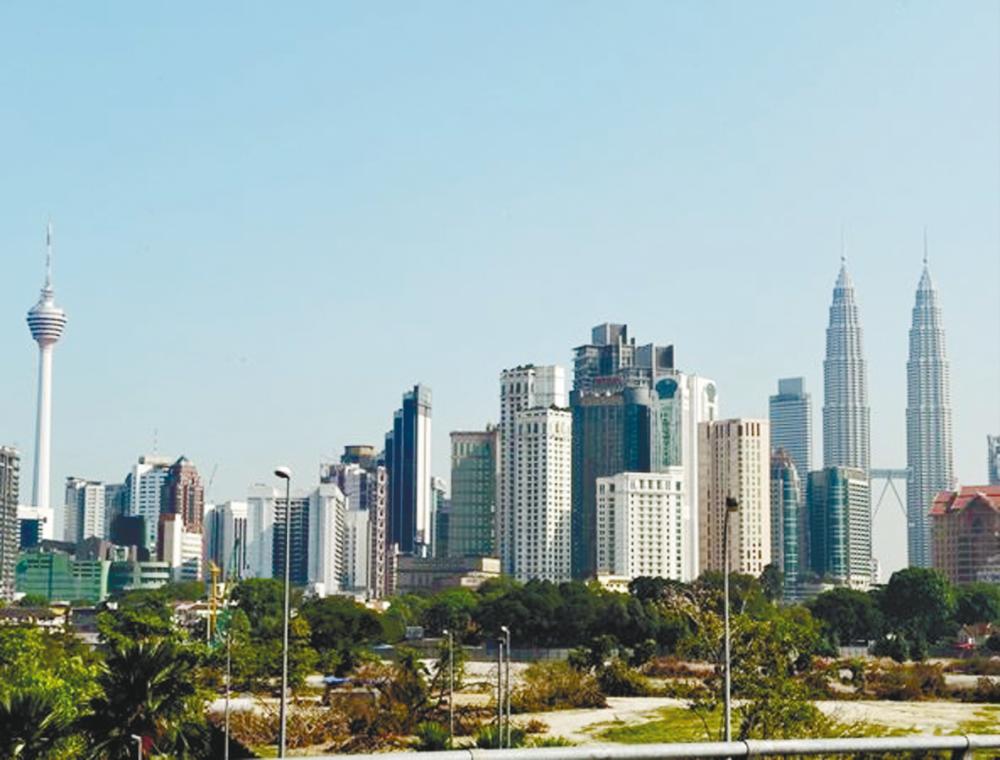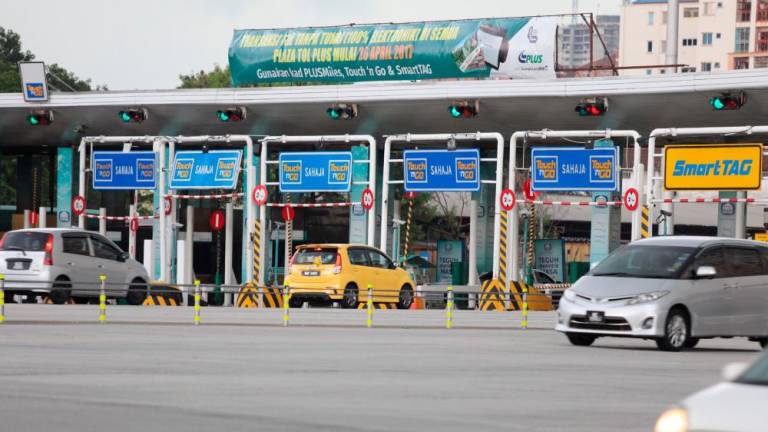PETALING JAYA: Malaysia’s gross domestic product (GDP) posted a smaller decline of 0.5% for the first quarter of the year and remains on track to achieve a 6-7.5% growth for 2021 as projected by Bank Negara Malaysia (BNM), according to governor Datuk Nor Shamsiah Mohd Yunus.
“The growth performance was supported mainly by the improvement in domestic demand and robust exports performance, particularly for electric & electronic products,” she told the media during the central bank’s virtual briefing on Malaysia’s Q1’21 GDP performance today.
Overall, Shamsiah said the growth recovery will benefit from better global demand, increased public and private sector expenditure as well as continued policy support. She pointed out the recovery will also be reflected in the labour market conditions, particularly in the gradual improvement in hiring activity.
Moving forward, the governor opined that the higher production from existing and new manufacturing facilities, particularly in the electrical and electronics and primary-related sub-sectors, as well as oil and gas facilities will provide a further impetus to growth. The Covid-19 vaccine programme rollout will also lift sentiments and contribute towards recovery in economic activity. Nevertheless, she acknowledged that the pace of recovery will be uneven across economic sectors.
“Going forward, Malaysia is well positioned to continue benefiting from stronger global economic and trade activities. While the growth outlook continues to be shaped by developments surrounding the pandemic, the implementation of containment measures which are mainly aimed at curbing social activities and allow almost all economic sectors to operate, would minimise the impact on economic activity,” said Nor Shamsiah.
The governor said the MCO 3.0 impact on growth is expected to be less severe than MCO 1.0 introduced last year, as almost all economic sectors are allowed to operate.
She reiterated that BNM’s 2021 GDP forecast range is mindful of the uncertainties from the pandemic, which includes potential resurgence in cases and tighter containment measures. This uncertainty is reflected in the central bank’s wide forecast range of 150 bps, between 6-7.5%.
“Furthermore, the assumption behind the growth forecast was also conservative, as it had projected no interstate travel until the end of this year and Malaysia’s international borders will remain closed to leisure travel throughout 2021.”
The governor said the overnight policy rate, currently at 1.75%, has room for further monetary policy action, if necessary. However, she pointed out that such actions are most effective when it complements other measures undertaken by the central bank which could be targeted to the needs of specific economic sectors and groups.
In 2021, BNM projected headline inflation to average higher between 2.5% and 4%, primarily due to the cost-push factor of higher global oil prices. For the second quarter, headline inflation is projected to temporarily spike in the second driven by the lower base last year resulting in a rise to between 6.5% and 7% in April-May. However, this will be transitory as headline inflation is expected to return to below 5% in June, and continue to moderate thereafter as the base effect dissipates.
Meanwhile, the central bank expects underlying inflation, as measured by core inflation, is expected to remain subdued, averaging between 0.5% and 1.5% for the year, amid continued spare capacity in the economy and is subject to global oil and commodity price developments.
Nor Shamsiah stated that Malaysia’s statutory debt is expected to stand at around 58.5% of GDP by end-2021 following the announcement of the Pemerkasa stimulus package.
She noted that this is still below the statutory debt ceiling of 60% of GDP accorded by the Covid-19 Act.
“There is still fiscal space to support the economy. The government has reiterated its intention to rebuild fiscal buffers that have been utilised during the pandemic, once we’ve recovered from the crisis.”
She said this is evident by the government’s commitment to fiscal consolidation plan as outlined by the medium term fiscal framework as well as fiscal reform measures, which includes the upcoming tabling of the fiscal responsibility act by the end of this year.













